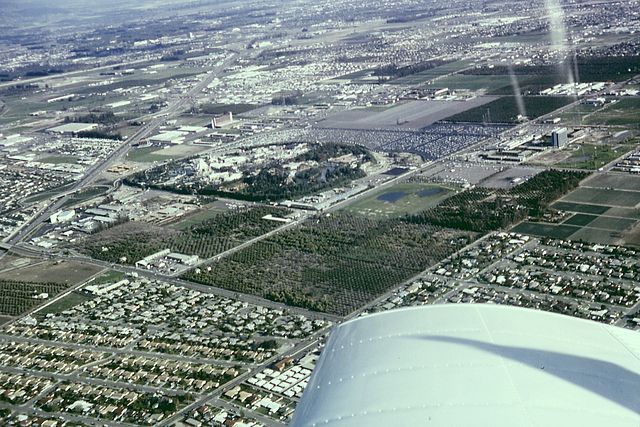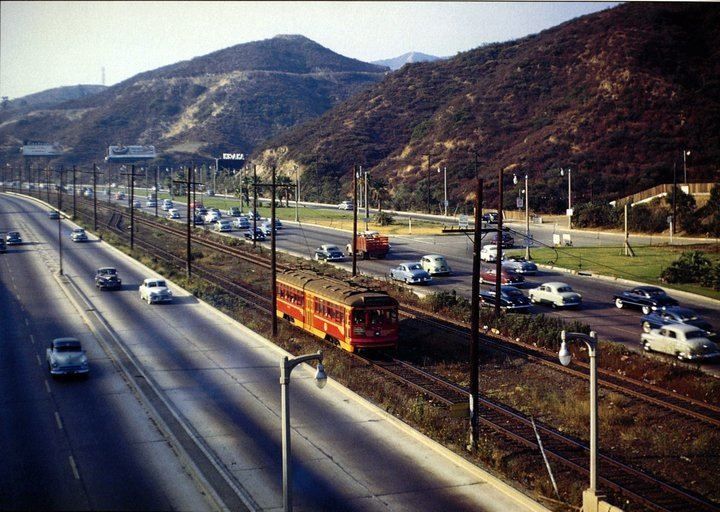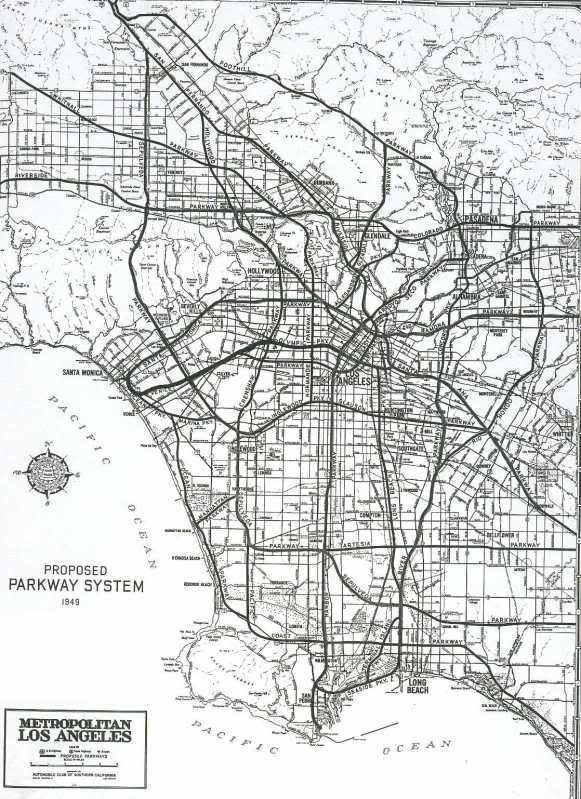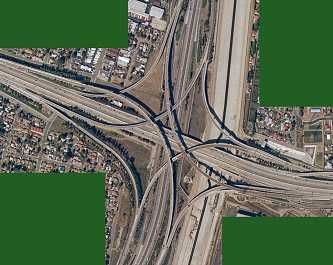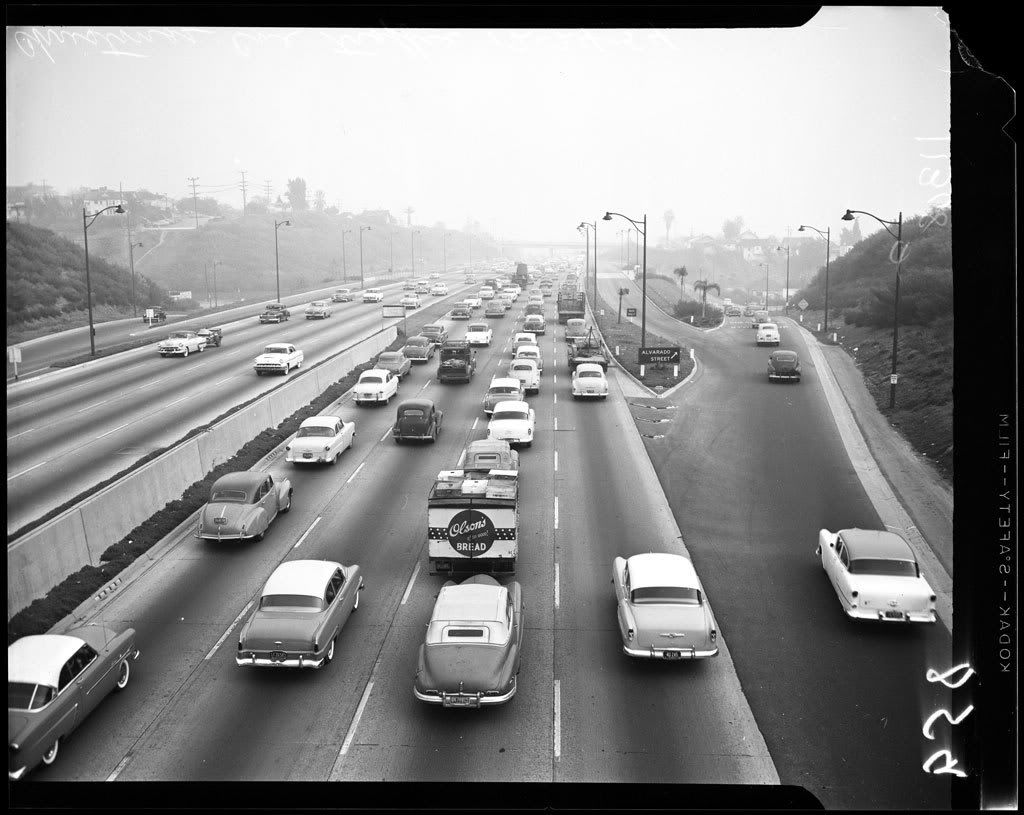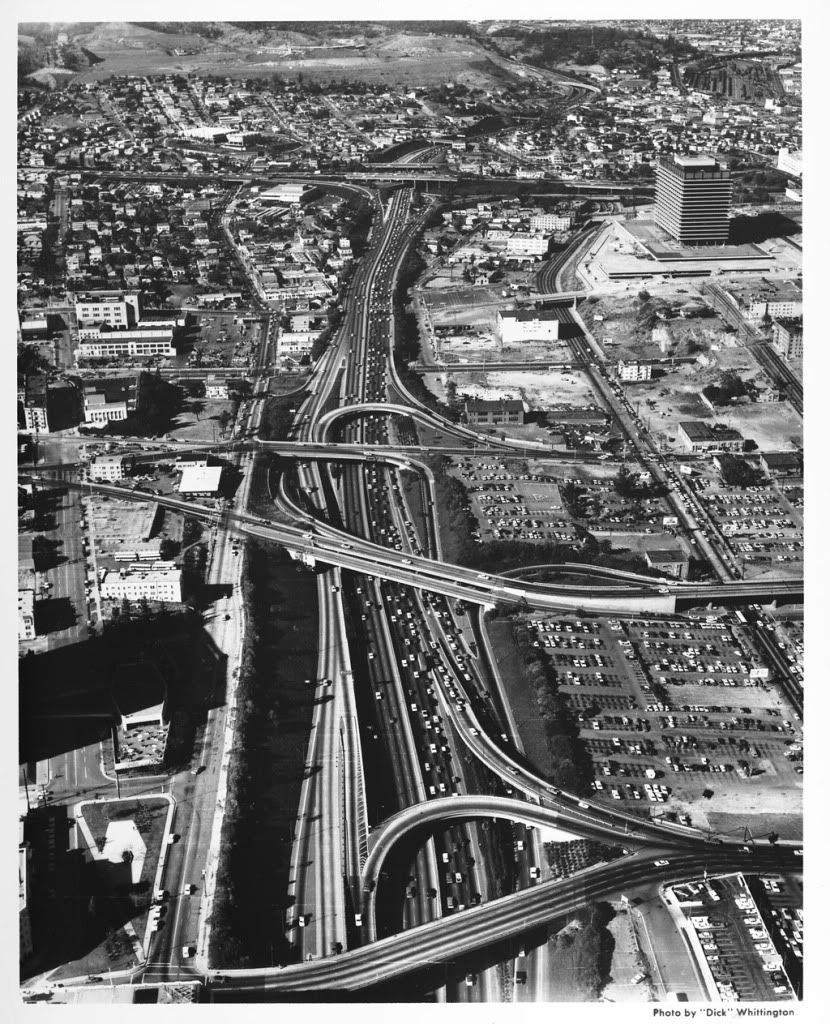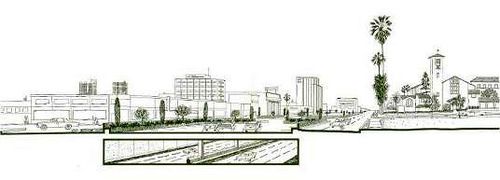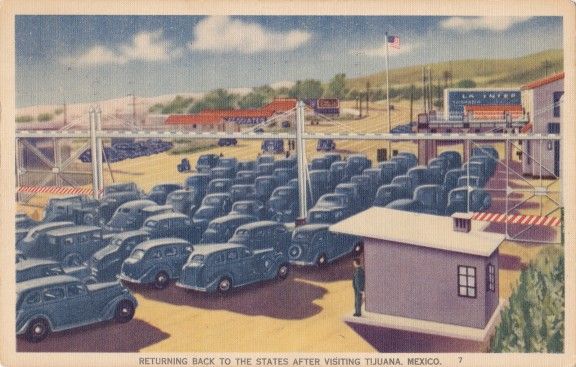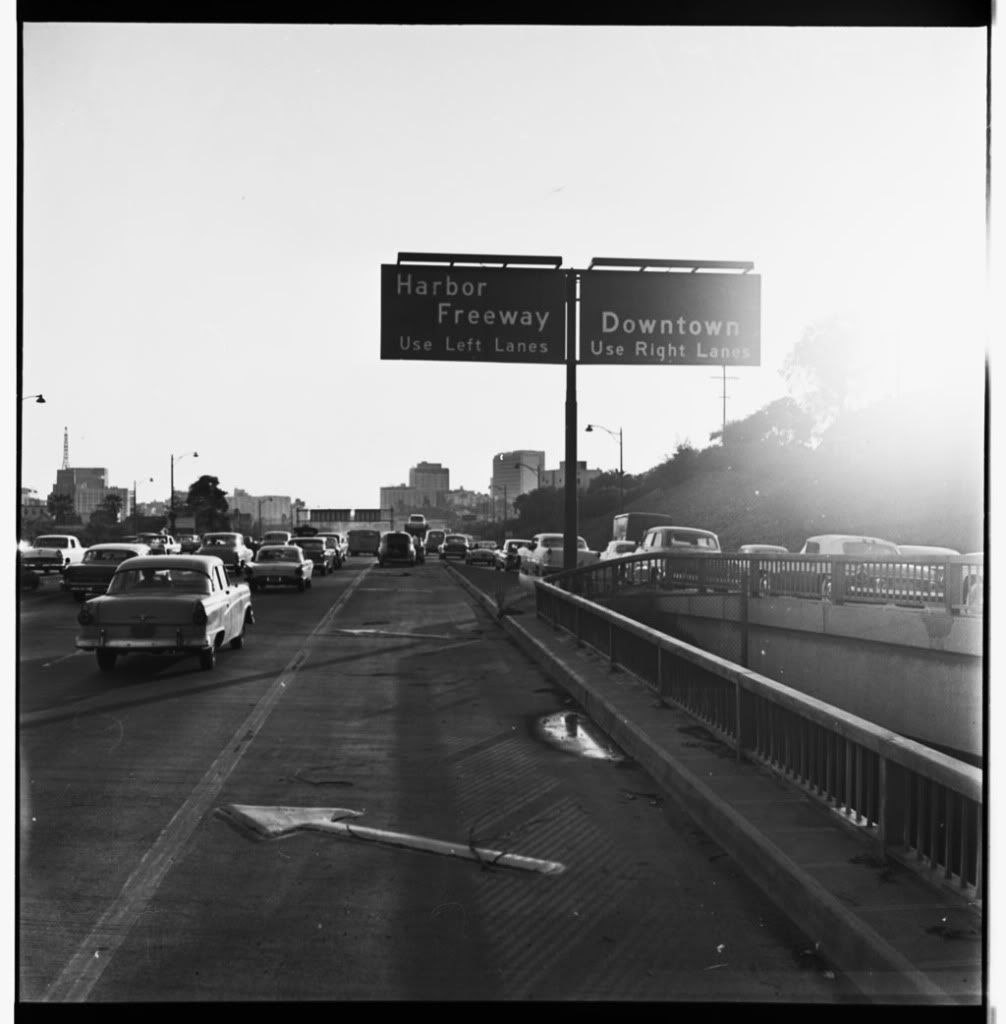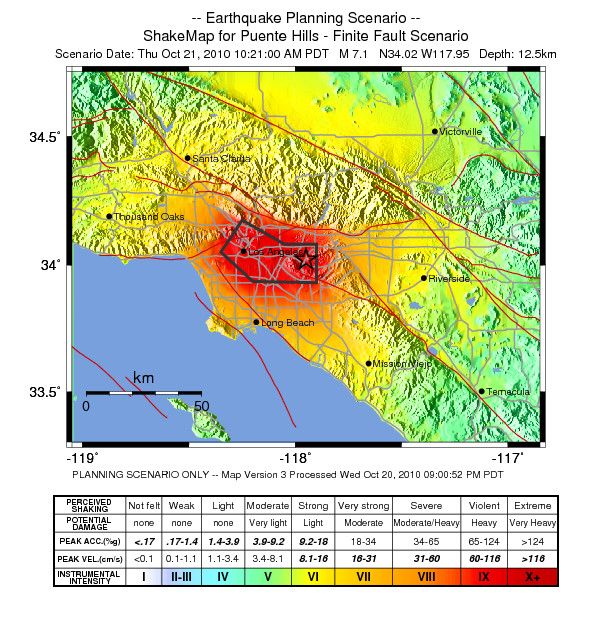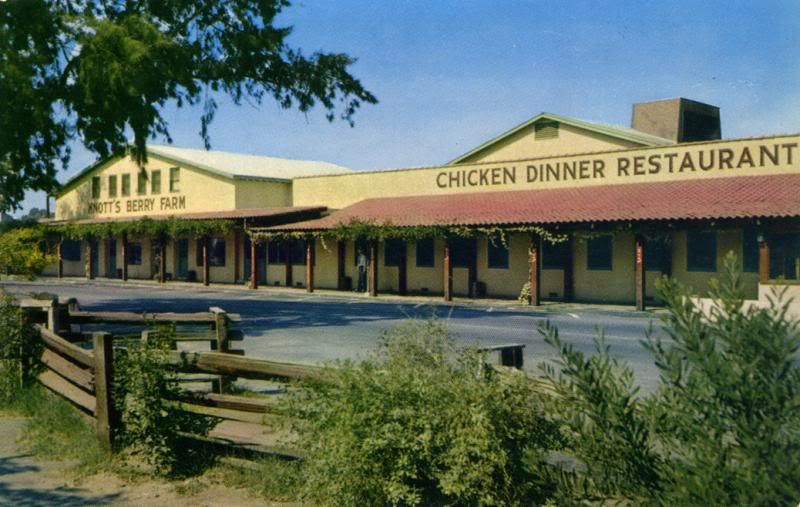BUENA PARK - Since there was such a big response to the five facts about Knott's Berry Farm post here are some more interesting facts about the park in Buena Park that (another) Walt built.
Hopefully this will help bring about some interest in Knott's Berry Farm's history, which, quite frankly, tends to get overlooked and overshadowed by the big mouse in Anaheim. All the blame of course cannot be on the mouse who lives on Harbor Boulevard as Knott's Berry Farm's current owners, Cedar Fair Entertainment Company, have done more than a few things to erase the rich history Walter Knott and his family created.
For a lot of people who grew up in Southern California they have great memories of Knott's Berry Farm when it actually was a farm and free to get in, or exploring the jungle across the street, or perhaps dancing the night away at Studio K.
While the Knotts' many of us grew up with has gone away we shall always have the memories. To maybe help with those memories here are seven interesting facts about the farm off La Palma Avenue and Beach Blvd. that you may or may not have known about.
1. Busy Beach Blvd. is still California State Route 39, but back in 1920 when the Knott family started their roadside stand the street they were on was known to many then simply as Highway 39. Walter Knott must have known that location is everything, because before Interstate 5 came into existence Highway 39 was the main artery between Los Angeles and Orange County.
2. One of the most beloved rides at Knott's Berry Farm that is no longer there, and has not been there for a very long time, is Knott's Bear-y Tales. Knott's Bear-y Tales was apart of the new Roaring 20s section that opened July 4, 1975, but Knott's Bear-y Tales was almost wiped out. An arsonist set fire to Bear-y Tales as it was under construction. The creators of the ride were able to recreate much of the ride designs in about six weeks, and all was well in Bear-y Tale land. The fire was believed to be the result of a nasty a union dispute. In 1987 Bear-y Tales was no more and became Kingdom of the Dinosaurs, and that ride closed in 2004. The former Bear-y Tales ride now stands empty. It remains unclear, at least publicly, if Cedar Fair will do anything with this empty building.
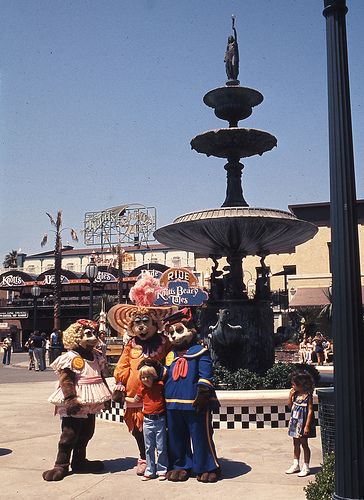 Some Bears and kids in front of the Roaring '20s fountain. Circa 1978. Photograph courtesy of the Orange County Archives.
Some Bears and kids in front of the Roaring '20s fountain. Circa 1978. Photograph courtesy of the Orange County Archives.
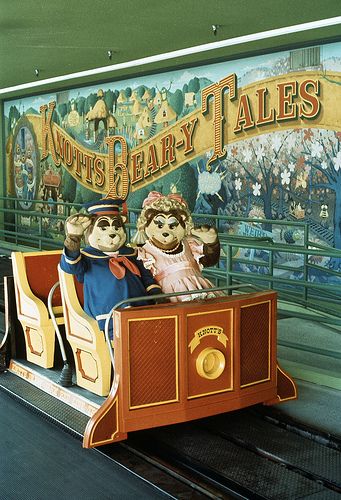 Some Bears going on Knott's Bear-y Tales. Circa 1978. Photograph courtesy of the Orange County Archives.
Some Bears going on Knott's Bear-y Tales. Circa 1978. Photograph courtesy of the Orange County Archives.
3. Many people may remember Knott's Berry Farm used to have cable cars surrounding the parking lot. Did you know those were actual San Francisco cable cars that the Knott family bought from the San Francisco Municipal Railway (MUNI). The cable cars ran around Knotts' until 1979, and two of the cable cars were returned to MUNI, and two other cable cars were sent to The Orange Empire Railway Museum in Perris.
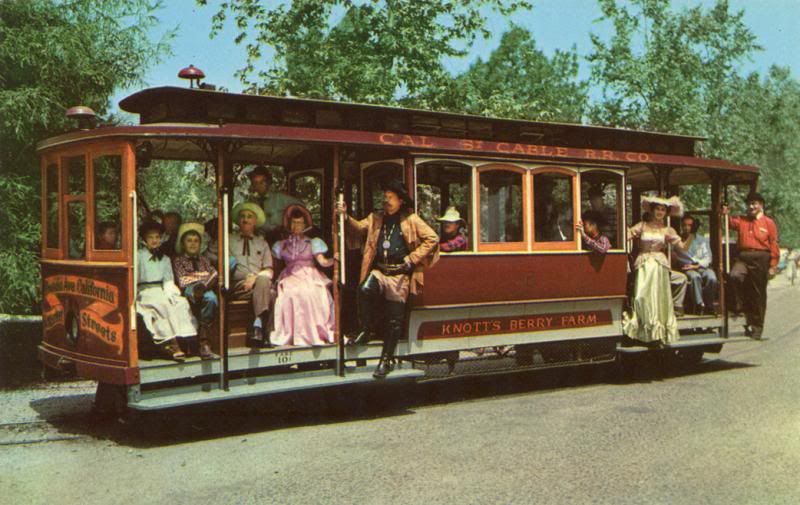 Cable Cars at Knott's Berry Farm. Circa 1960. Photograph courtesy of the Orange County Archives.
Cable Cars at Knott's Berry Farm. Circa 1960. Photograph courtesy of the Orange County Archives.
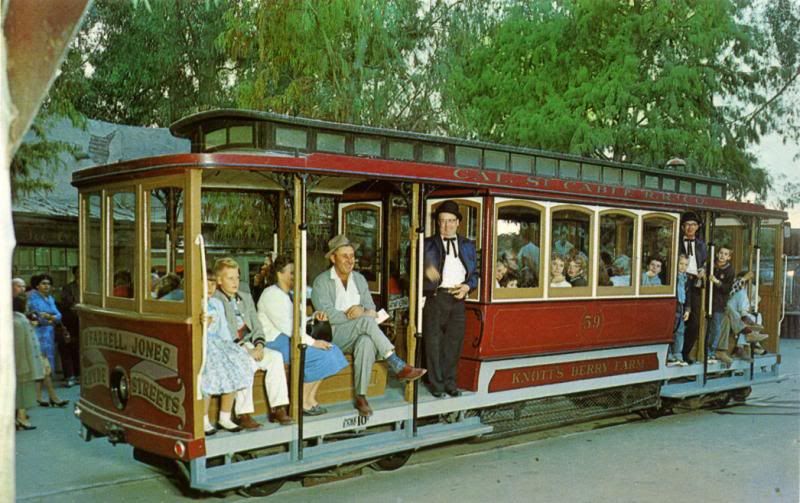 Cable Cars at Knott's Berry Farm. Circa 1959. Photograph courtesy of the Orange County Archives.
Cable Cars at Knott's Berry Farm. Circa 1959. Photograph courtesy of the Orange County Archives.
4. Now here is a not-so-fun fact that exemplifies the problems with Knott's Berry Farm's current owners. For decades visitors to Knotts' could see and feel the original berry stand Walter and Cordelia built that started it all. Well, in what is frankly an appalling decision, the stand was destroyed when Cedar Fair built the Silver Bullet roller coaster. (Why it was not moved to somewhere else in the park or even offered to a museum is unclear.) The original berry stand that started it all was not the only thing destroyed to make room for this roller coaster, the Inspiration Church was also a victim. Furthermore, also a victim of this "extreme" ride was the nighttime water light show as the lake has been totally drained.
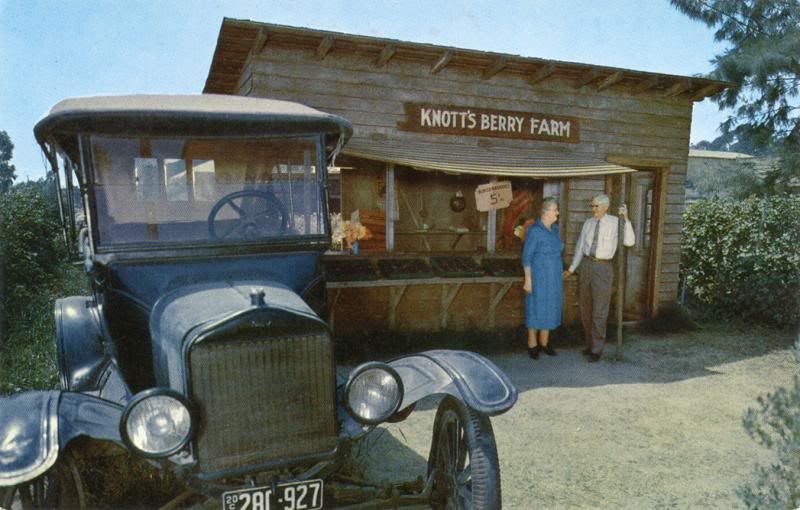 Cordelia and Walter Knott in front of the stand that started it all. Date unknown. Photograph courtesy of the Orange County Archives.
Cordelia and Walter Knott in front of the stand that started it all. Date unknown. Photograph courtesy of the Orange County Archives.
5. One of the things that helped make Knott's Berry Farm a success was the boysenberry, be it boysenberry sauce, boysenberry jam or boysenberry punch. The boysenberry was created by Rudolph Boysen, and Mr. Boysen was the Anaheim City Park Superintendent from 1921 until 1950.
6. One of Knott's Berry Farm's most iconic rides that is still standing is the Timber Mountain Log Ride. The very first person to ride the Log Ride when it opened in 1969 was John Wayne. Of course when The Duke rode the ride it was not the Timber Mountain Log Ride, as it is known today, but was called the Calico Log Ride.
7. Probably one of the most famous attractions at Knott's Berry Farm is Mrs. Knott's Fried Chicken Restaurant. This began in 1934, and Cordelia Knott was not too keen on the idea of making fried chicken and serving it on their family's fine China. However the Great Depression was underway and the Knott's roadside stand was not always doing a brisk business, and so Mrs. Knott began, rather reluctantly, making and serving fried chicken to help make ends meet. It seemed to work out for the Knott family.
The famous Chicken Dinner Restaurant. Circa 1955. Photograph courtesy of the Orange County Archives.
Here are some things that are no longer apart of Knott's Berry Farm.
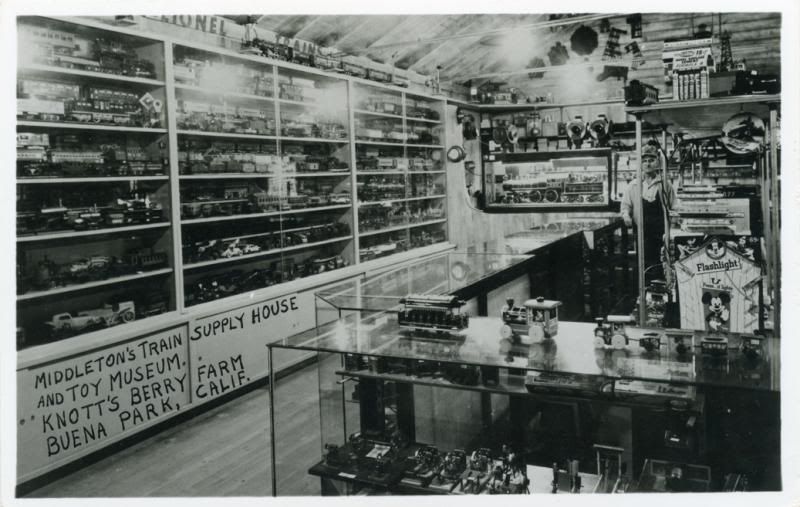 Middletons Train Supply House and Toy Museum at Knott's Berry Farm. Date unknown. Photograph courtesy of the Orange County Archives.
The Cordelia K. out on the lake. The Cordelia K. is one piece of Knotts' that will never come back, because a few years back whoever Cedar Fair put in charged of moving the boat broke the Cordelia K. in half.
Middletons Train Supply House and Toy Museum at Knott's Berry Farm. Date unknown. Photograph courtesy of the Orange County Archives.
The Cordelia K. out on the lake. The Cordelia K. is one piece of Knotts' that will never come back, because a few years back whoever Cedar Fair put in charged of moving the boat broke the Cordelia K. in half.
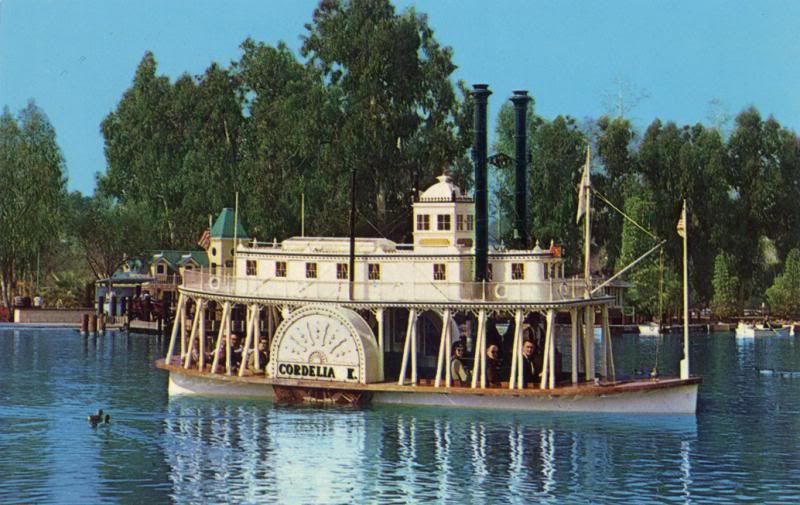 The Cordelia K., taking a ride out in the lake. Date unknown. Photograph courtesy of the Orange County Archives.
The Cordelia K., taking a ride out in the lake. Date unknown. Photograph courtesy of the Orange County Archives.
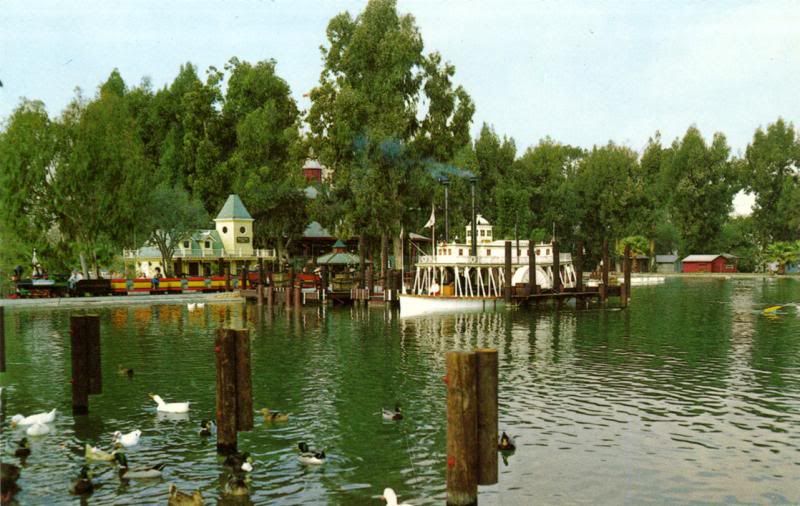 The Cordelia K. out on the lake along with train ride in the background. Date unknown. Photograph courtesy of the Orange County Archives.
The Cordelia K. out on the lake along with train ride in the background. Date unknown. Photograph courtesy of the Orange County Archives.
